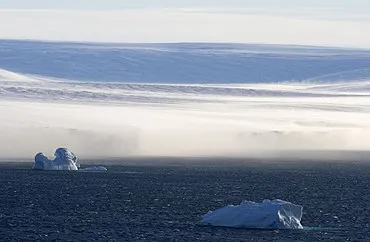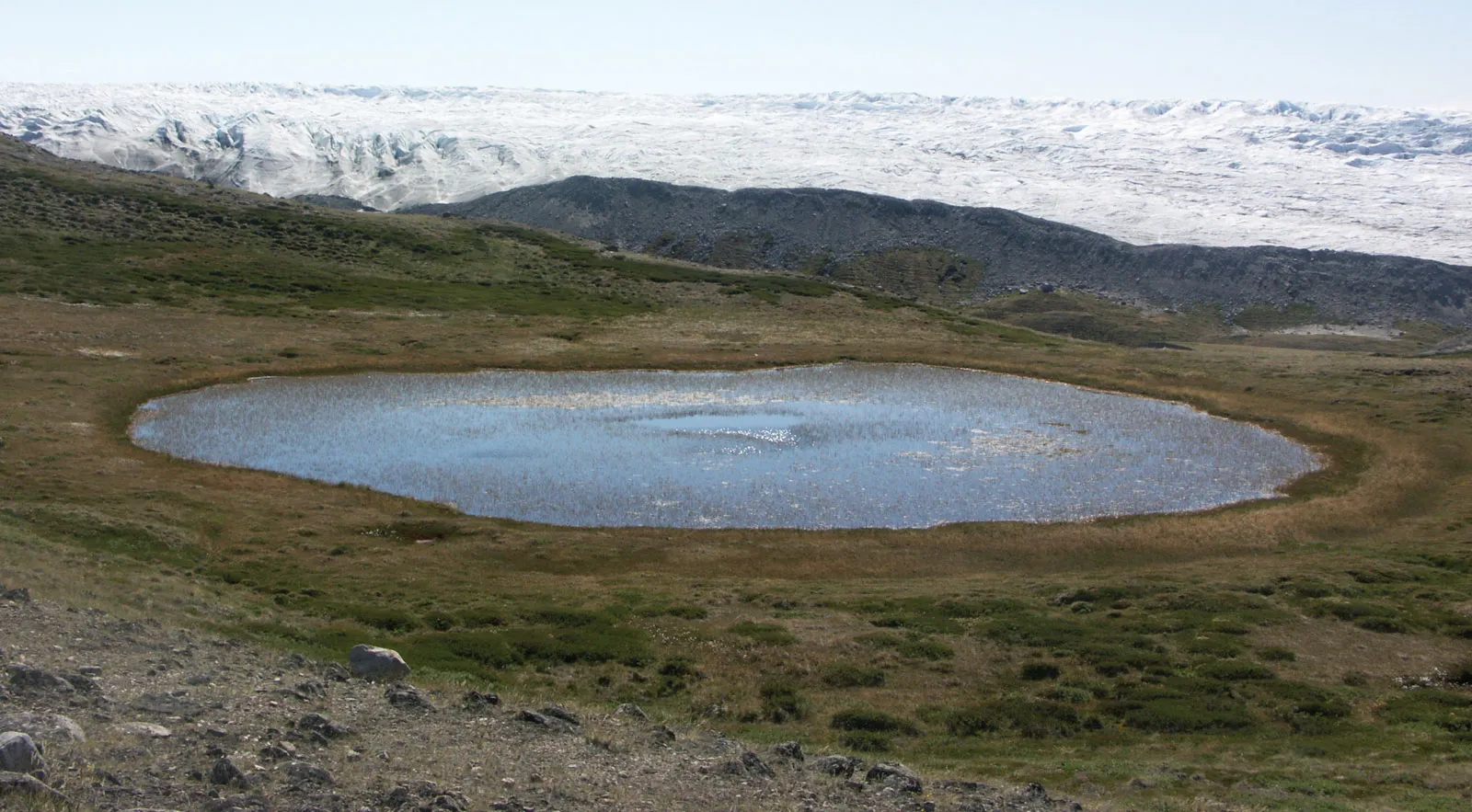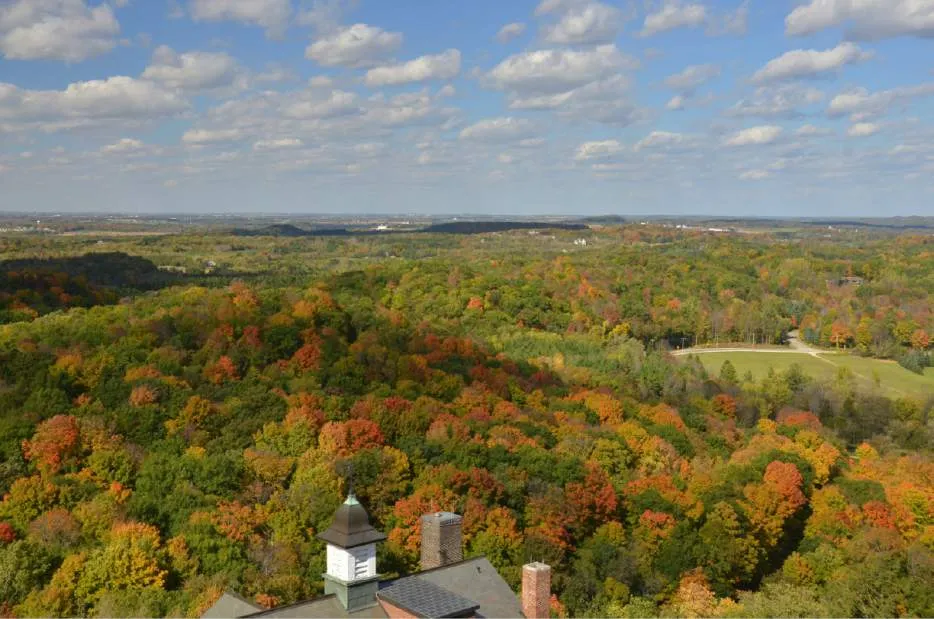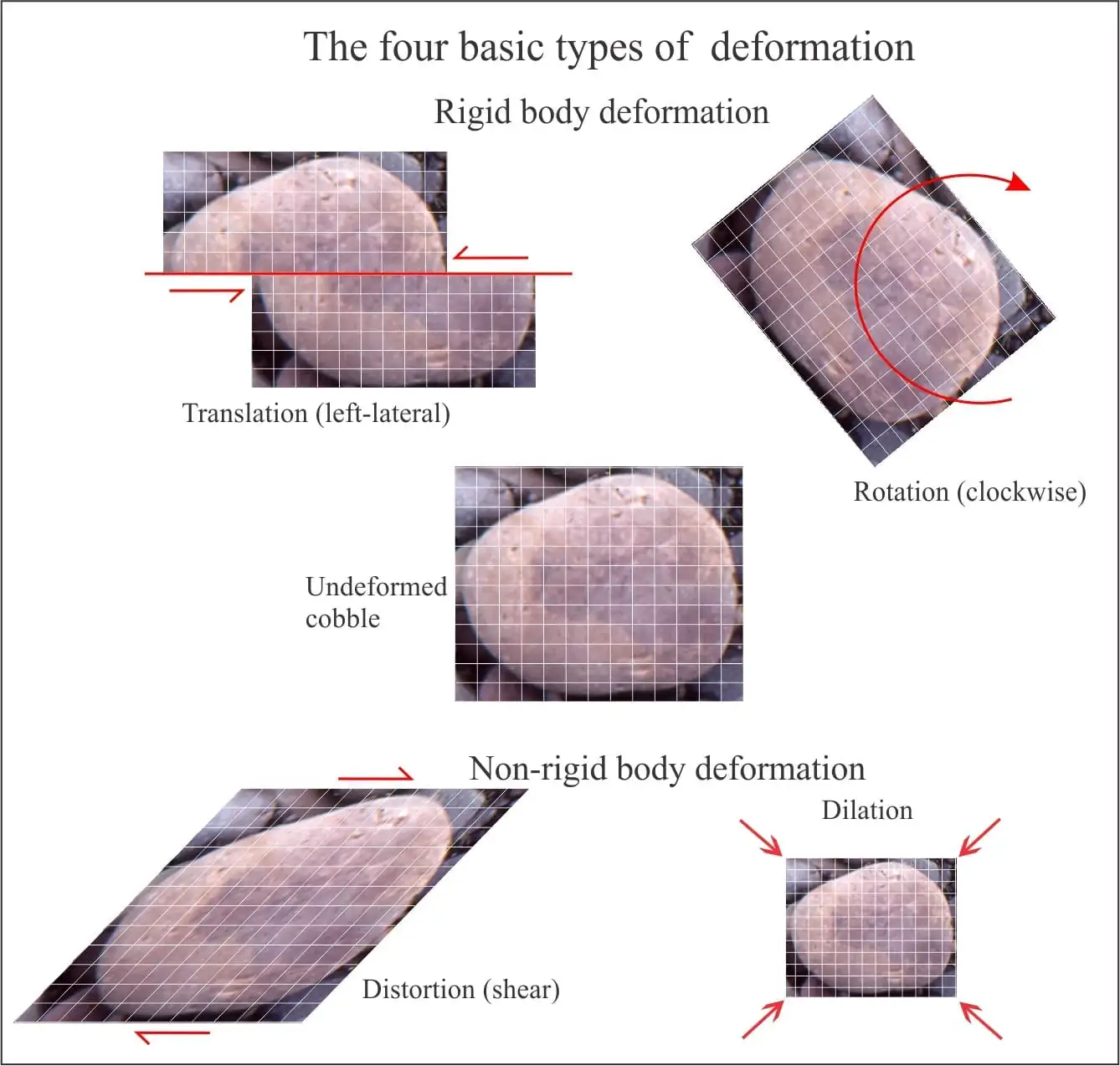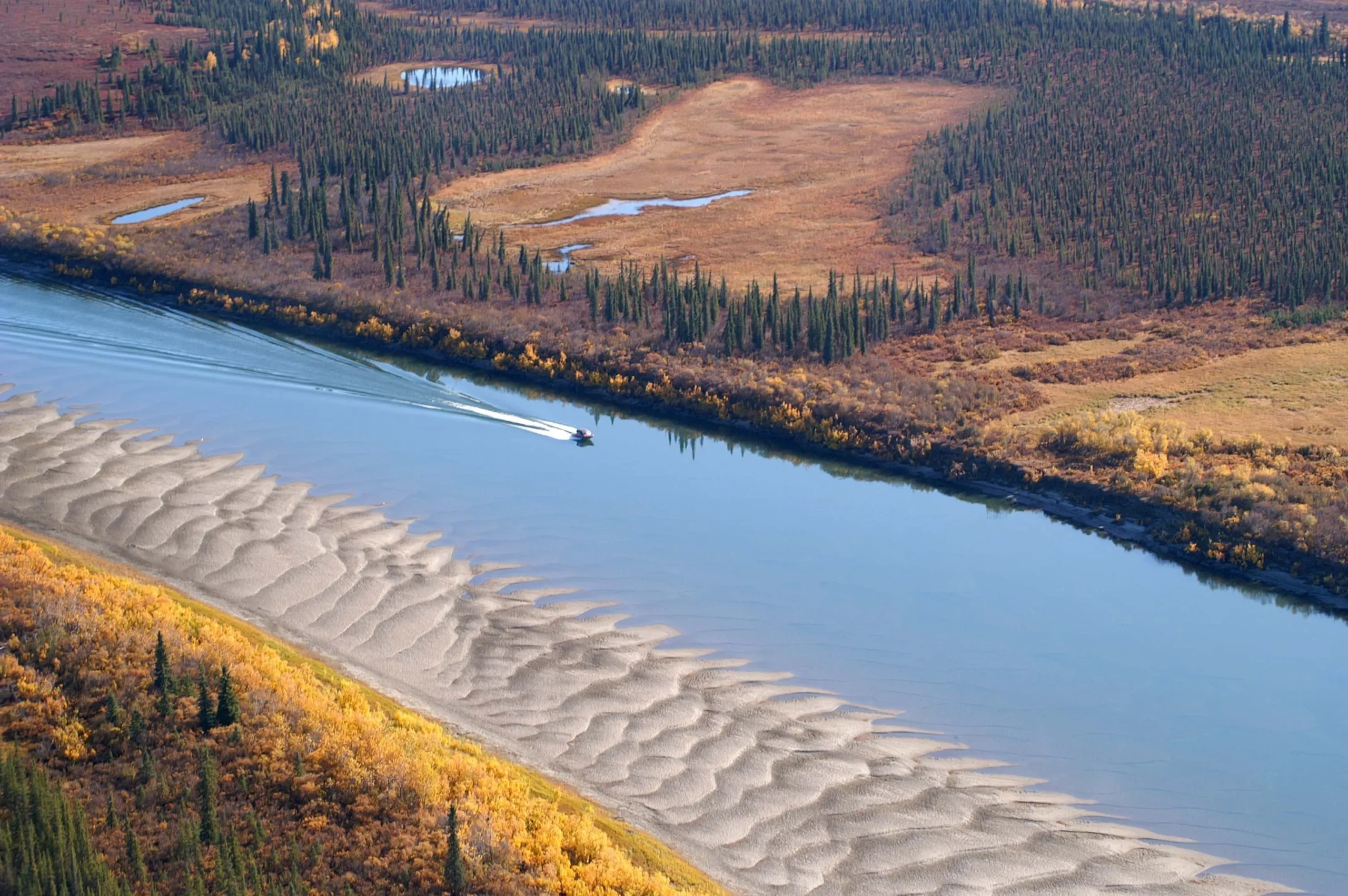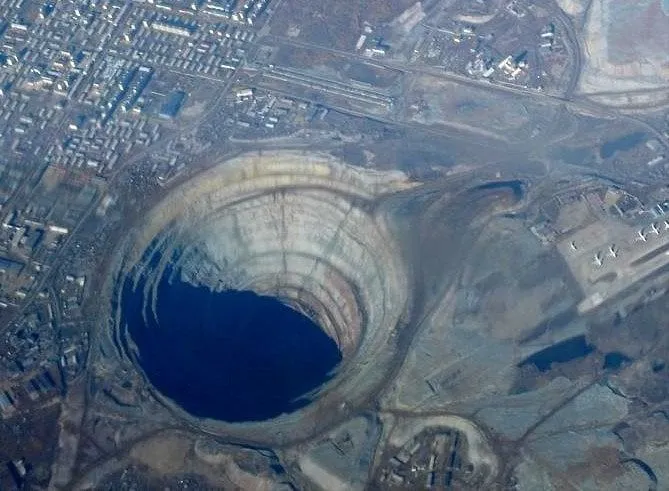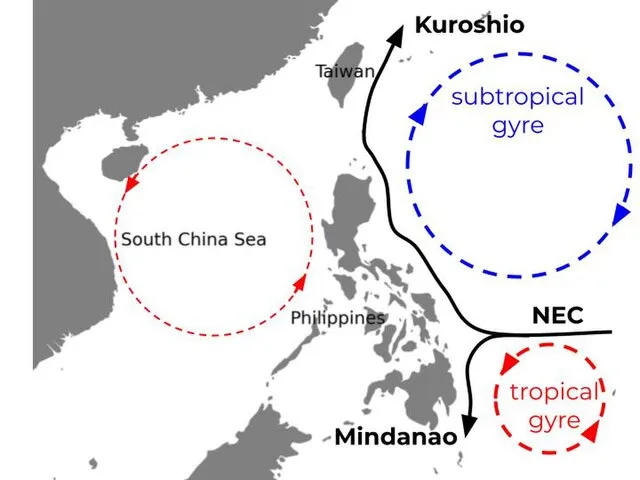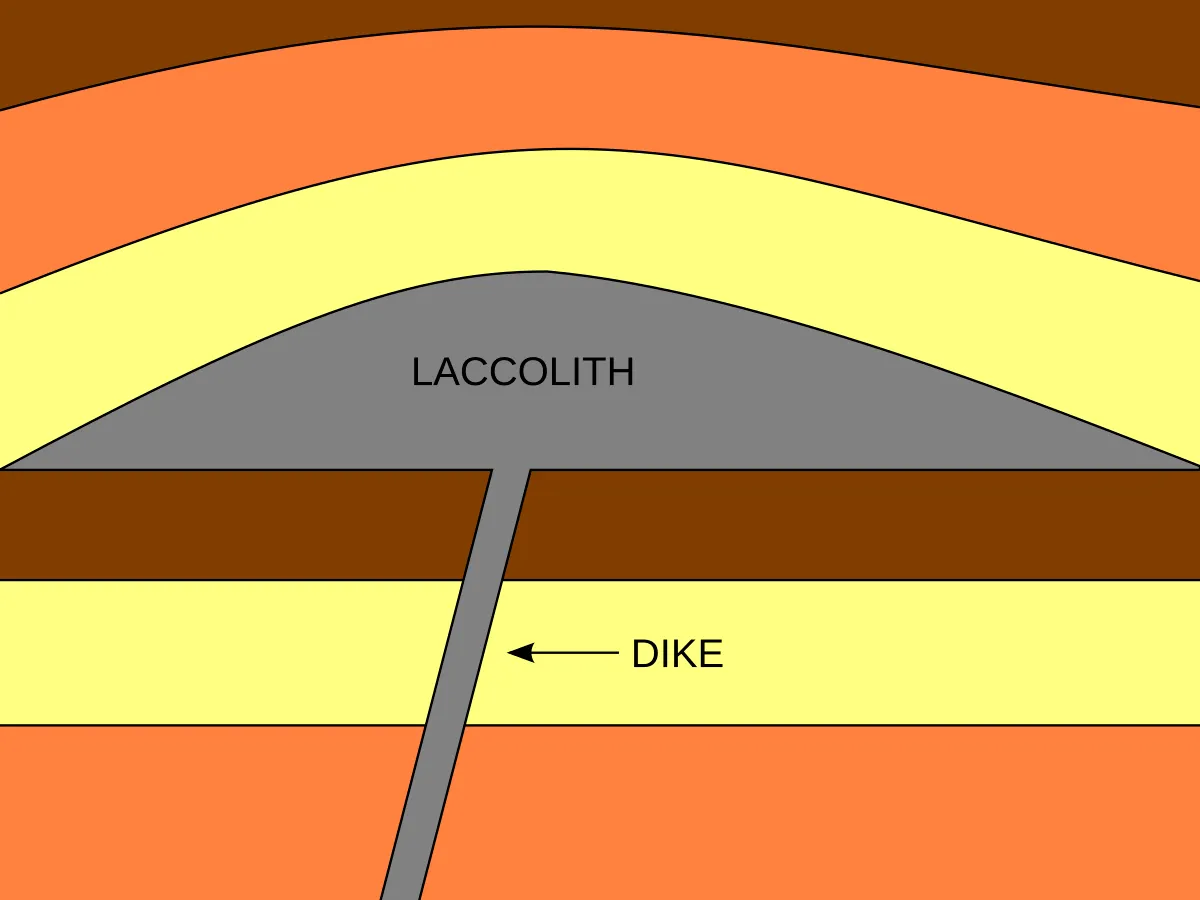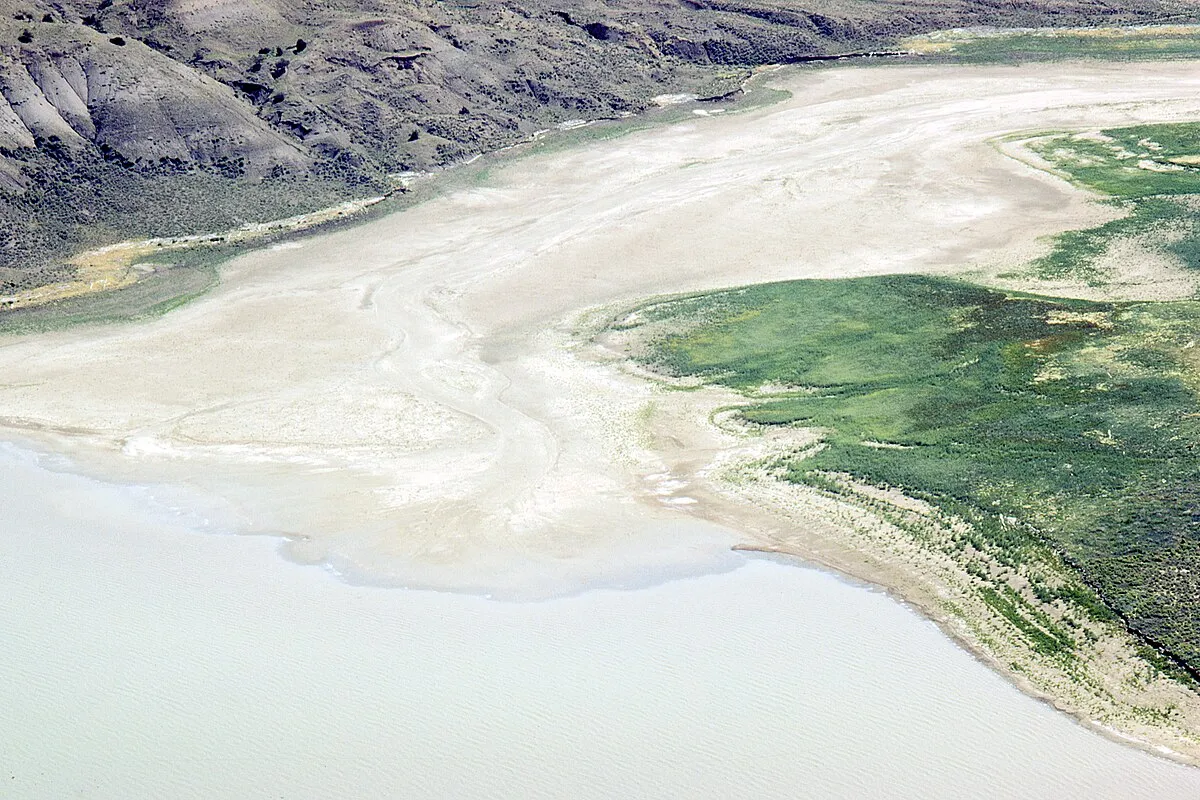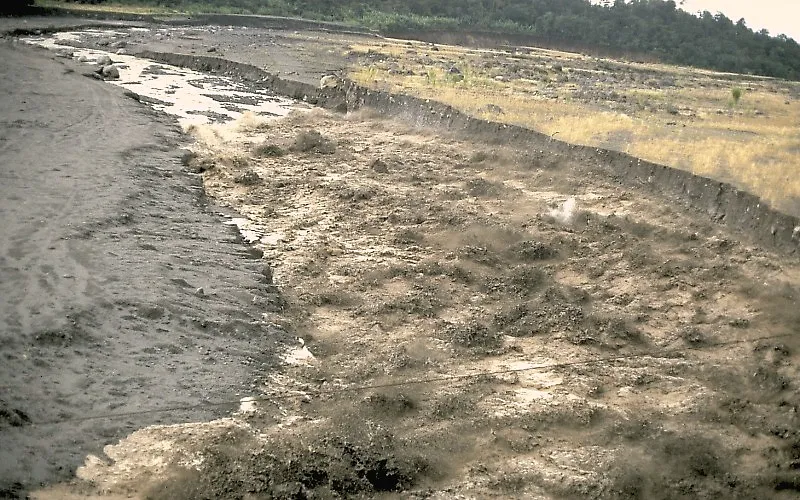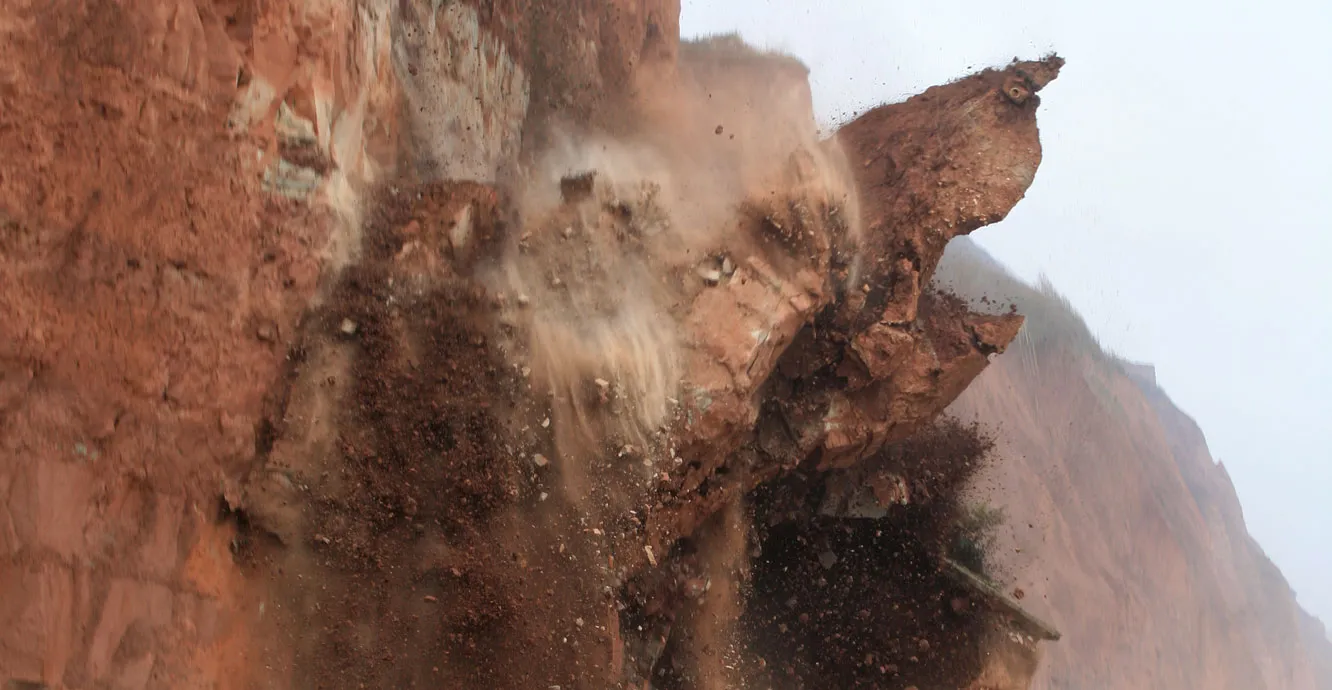Karstification is the process of chemical weathering and dissolution of soluble rocks, such as limestone, that leads to the development of karst landscapes, including caves, sinkholes, and underground rivers. This process is significant in studying groundwater flow, landscape evolution, and the formation of karst aquifers.
Reference: Ford, D., & Williams, P. (2007). “Karst Hydrogeology and Geomorphology.” Wiley.



